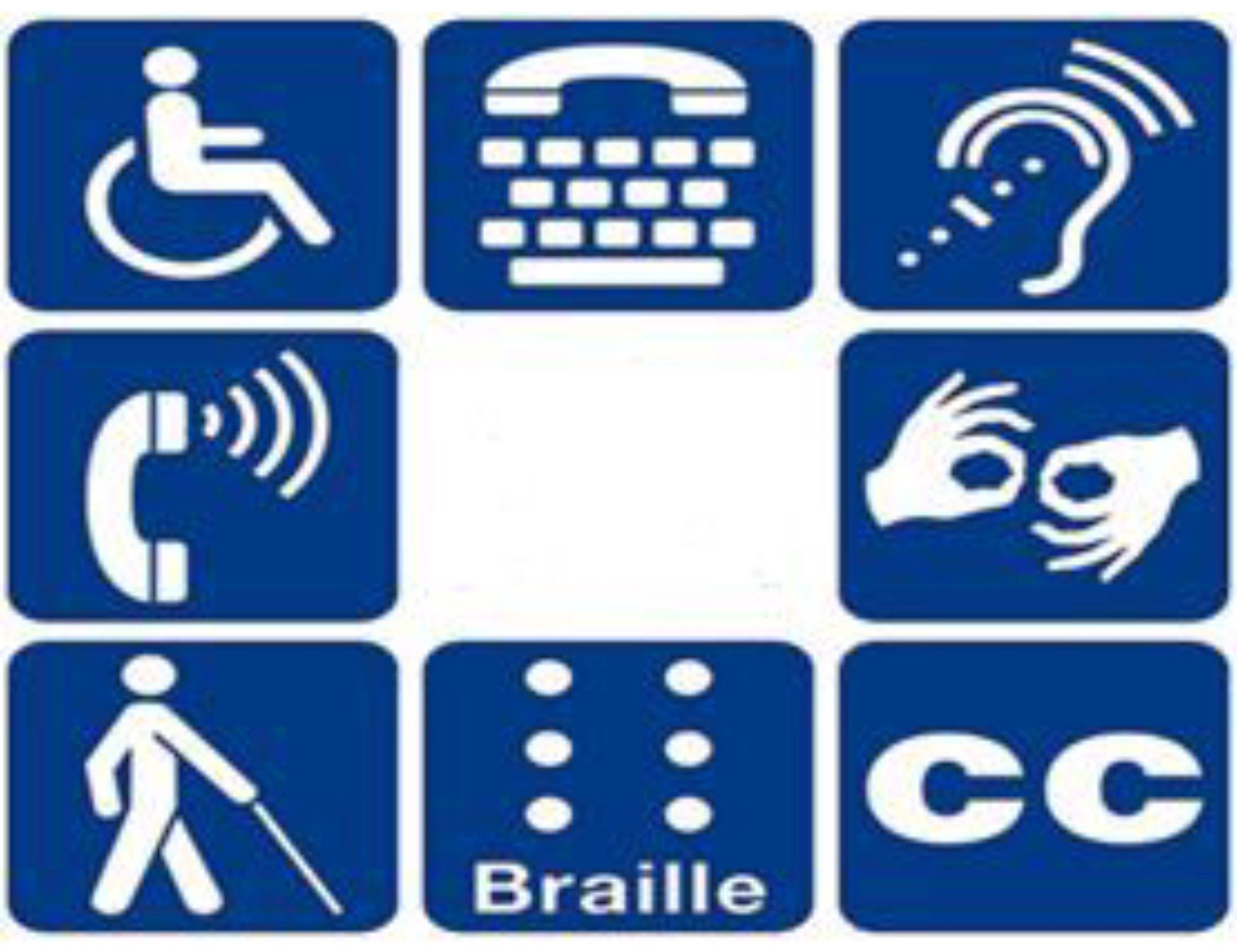Laws
The federal, state, and city regulations about service dogs.
Service Dog Laws
This page attempts to summarize all the various laws and regulations. The wonderful American Veterinary Medical Association has also put out a draft 16-page "white paper" that goes into more detail, if you're interested.
There are a lot of guidelines and rules about service dogs, so I’m going to start by making some broad generalizations and then get into the complexities, exceptions, and shades of gray. Note that some of these items are actual laws (generally federal laws) but others are just our guidelines and recommendations. Note, too, that I am not a lawyer, but rather, the following is my understanding of the applicable laws and regulations.
While service dogs are allowed in most places, the law says they aren’t allowed to block an aisle or go up onto seats. We also recommend that handlers don’t take their dogs to swimming pools because of possible cleanliness issues, to live performances because of the dog’s potential to disturb others, or to movies because the noise level and tight quarters are challenging for the dogs.
1 - The Americans with Disabilities Act (ADA)
The Americans with Disabilities Act (ADA) is the main law governing Service Dogs, except on airplanes because “the Air Carrier Access Act is the Federal law that protects the rights of people with disabilities in air travel”.[1]
The dog must be trained to do a “task.” The term is not strictly defined, but three of the most clear-cut tasks are helping lead a person who is blind across the street, alerting a person with severe diabetes that their blood sugar has dropped dangerously low, or picking up items for someone with limited mobility.
There are no limits to the size or breed of dog that may be used as a Service Dog. However, one may not have a service cat or any other animal (except for miniature horses).
If you live in the United States and have a disability, you benefit from the forward-thinking Americans with Disabilities Act. Most countries, unfortunately, do not have such broad protections. many only legally recognize service dogs for people who are blind. There are a few, however, who legally recognize alert dogs (for diabetes and epilepsy), mobility dogs (for pulling wheelchairs, picking up dropped items, turning on/off lights), and signal dogs (for the deaf), but very few recognize service dogs for autism or psychiatric disabilities such as Post Traumatic Stress Disorder. The rest of the law says (generally) that a Service Dog must be well behaved and must be leashed. Other requirements are that the dog is in control and that the dog is housebroken. These two points might seem obvious, but when you get into the issue of fake Service Dogs, these two elements can be helpful in demonstrating the difference between a real Service Dog and a fake one.
The law goes into where the dog and handler can go, which is defined as "where the public is normally allowed to go". This wording implies that the handler can bring the dog into businesses, nonprofits, churches, and even schools.
The law also goes into what a staff person can ask about the dog, which are two questions - one is to confirm that the dog is required because of a disability, and the other is to ask what task the dog performs.
The federal law does not get into whether there are exceptions for Service Dogs in training, so that is sometimes a gray area, depending on your state. A good rule of thumb is to follow the law that Minnesota passed in 2015 (256C.02 Public Accommodations), which states, "Any person training a dog to be a service dog shall have the right to be accompanied by a service dog... The service dog must be capable of being properly identified as from a recognized school for seeing eye, hearing ear, service, or guide dogs." The term "recognized school" can be interpreted being registered with the Secretary of State as a local nonprofit.

2 - Fair Housing Amendments Act
Here are the federal memos defining the statutes about housing and service dogs, written in 2004, 2011, 2013, but basically, this housing law applies to renters, and it affirms that landlords have “obligations to make reasonable accommodations for assistance animals”.[3] In layman’s terms, this law affirms that someone with a disability can keep their Service Dog with them in a rented house or apartment, even if the landlord doesn’t allow pets there.

3 - Air Carrier Access Act
A third federal law addresses airlines, and this law has very different wording. It applies to two groups of people: those with disabilities who have a “Service Animal,” and those without disabilities who have an “Emotional Support Animal”.[4]
EMOTIONAL SUPPORT ANIMALS ON AIRLINES
As defined by the Air Carriers Access Act, an “Emotional Support Animal” is “...an animal used for emotional support (which need not have specific training for that function)”.[5] In other words, anybody can have an Emotional Support Animal; all they require is a recent note from their doctor (written within the last year) saying that they need one. Then they can fly with the animal at their feet for free, instead of paying extra money to have the animal transported in the cargo hold. Someone traveling with an Emotional Support Animal must provide the letter from their doctor before they can fly.A weird fact about the airlines’ definition of “Emotional Support Animals” is that these animals don’t have to be dogs. Whereas by law a “Service Animal” has to be a dog (or a miniature horse, oddly enough), there are no such restrictions about what can serve as an Emotional Support Animal on airlines. The Department of Transportation even uses the phrase “cats, monkeys, etc.” in the aforementioned “Guidance Concerning Service Animals in Air Transportation.” This loophole is why someone bringing a cat or a pig or a chicken (or even a dog) on board an airplane as an Emotional Support Animal occasionally makes the news. And because there are no rules regarding the training of these animals, people sometimes get confused and think they are poorly trained “Service Animals.”
SERVICE DOGS ON AIRLINES
In a confusing move, at least as of 2/15/17 (when I'm writing this), airlines have split Service Dogs into two categories:
Service Dogs for Physical Disabilities:
This category is easy—if a person has a Service Dog for their physical disability (including diabetes, epilepsy, mobility issues, etc.), they can just go through security like anyone else and then have their dog at their feet during the flight. People in this category do not need to provide any documentation proving that their dog is a Service Dog.
Psychological Service Dog:
In regard to air travel, “Psychological Service Dogs” aren’t actually “Service Dogs” at all. It’s a very odd rule, but it means that Psychological Service Dogs—which, according to the airlines’ rules, include PTSD Service Dogs—are not considered Service Dogs. It’s confusing and unfortunate, especially if someone who wants to fly is not aware of this restriction beforehand. If a person has a Psychological Service Dog and wants to fly with them, the easiest way for them to do so is to get a letter from their doctor saying that they need an Emotional Support Dog. They will need to show this letter before they’re able to travel with their dog. Unfortunately, if you show up at the airport with a PTSD Service Dog and do not have a doctor’s letter stating that it’s an Emotional Support Dog, the dog will have to be crated in the cargo area of the plane, and the handler will have to pay a fee for the dog to fly.
Why do the airlines have these different (and confusing) regulations? They don’t specify, but I think a clue can be found in the Air Carriers Access Act’s term “emotional support.” For people with high levels of anxiety, having an Emotional Support Animal who genuinely calms them down is pretty important in a crowded airplane thousands of feet up in the air. This relaxes and soothes the passenger and, thus, makes things better for the flight crew and surrounding passengers. So it is to the airlines’ advantage to allow Emotional Support Animals for this reason. However, it would be easy for people to take advantage of this, so the airlines put some minor restrictions in place. They’re basically saying, “If your pet will keep you calm you can bring it with you and have it lie at your feet. But we don’t want this privilege to be abused, so we insist that you get a recent doctor’s note.” Just the fact that people have to get a doctor’s note cuts down considerably on the number of people who would go to the trouble of doing so if they didn’t really need an Emotional Support Animal. And for people who have a Psychological Service Dog, it is well worth this minor inconvenience to have their Service Animal travel with them. What about service-dogs-in-training? The answer depends upon the airline and right now, Alaska Airlines is the only one that specifically publishes a policy allowing service-dogs-in-training on planes. The Department of Transportation's Office of the Secretary, in its "Guidance Concerning Service Animals in Air Transportation" 14 CFR Part 382, docket number OST-2003-15072, gives the following guidance: "Although 'service animals in training' are not pets, the ACAA does not include them, because 'in training' status indicates that they do not yet meet the legal definition of service animal. However, like pet policies, airline policies regarding service animals in training vary. Some airlines permit qualified trainers to bring service animals in training aboard an aircraft for training purposes. Trainers of service animals should consult with airlines, and become familiar with their policies."
- January, 19, 2018: Delta has instituted a new rule which requires a person with a disability who has a Service Dog to download this PDF form, print it out, have a veterinarian sign it, then the person needs to scan it and then upload the file to
http://www.delta.com/mytrips through the Accessibility Service Request Form at least 48 hours before departure. Also, the person must bring the signed paper form when checking in at the airport.
- After March 1, 2018, United Airlines will have the same kind of rule.

City Laws
City Laws for the Handler:
Most cities in the United States require that all dogs have a license. In the spirit of “setting up the handler for success,” it’s nice to help the handler get a dog license for their city. We usually go to the city’s website, print up the application, photocopy the dog’s rabies certificate and the veterinarian record stating that the dog is spayed or neutered, and then mail that packet to the future handler. We also include a stamped envelope that is pre-addressed to the city so the handler can just sign the application and mail it in. In some places, if the dog is microchipped, the city will offer a lifetime license for the dog.
City Laws for Nonprofits:
Where we live, the city requires our nonprofit to fill out a form and then have 75% of nearby neighbors sign it, thus approving that they are okay with the idea. We are now allowed to have up to five dogs in our home at a time, although we usually only have three (two in training, plus one is our pet dog). The city sends out an Animal Control officer once a year for a surprise investigation to make sure our home is following all codes and that all the animals are well-kept and licensed.
Terms
Details are below, but one important point is that 99% of the time, a service animal is:
- A dog.
- Specially trained for a person with a disability (in other words, basically, the person can't work).

